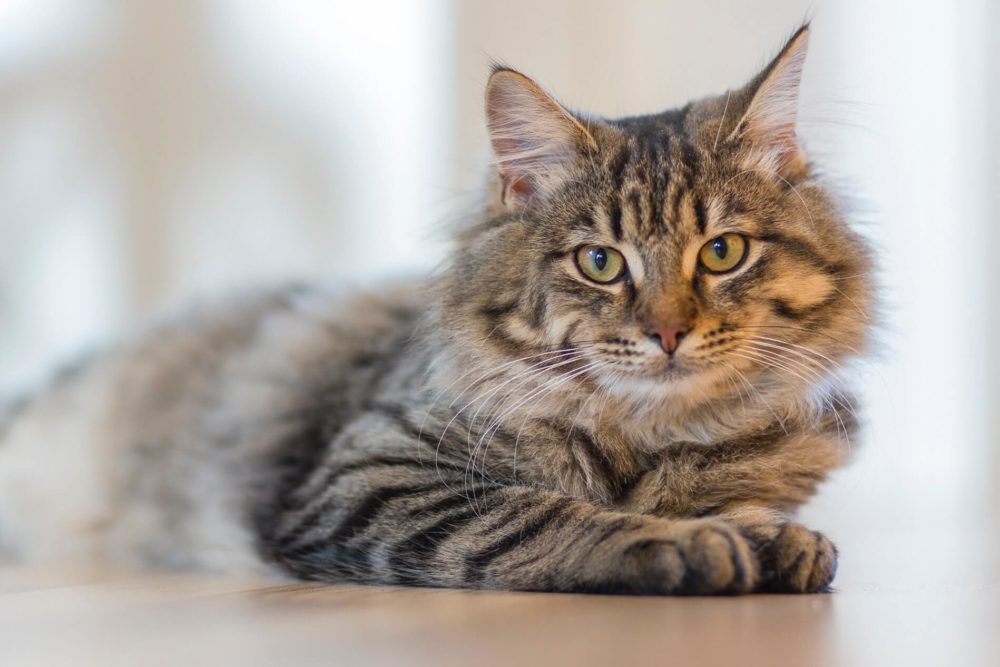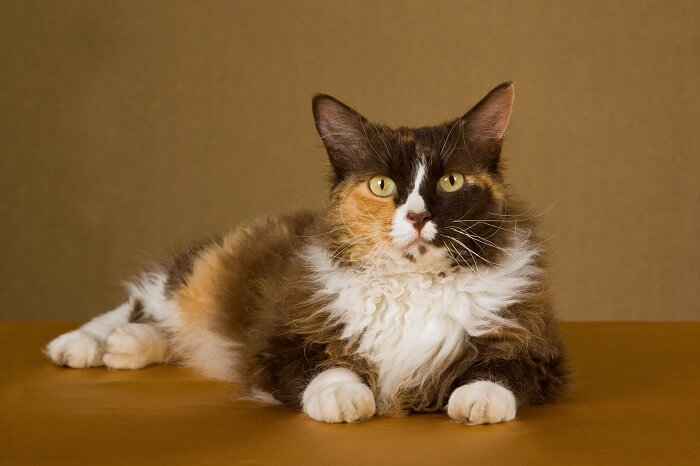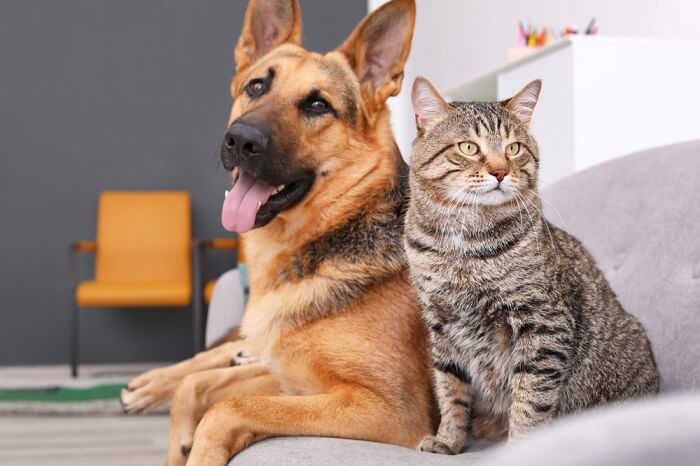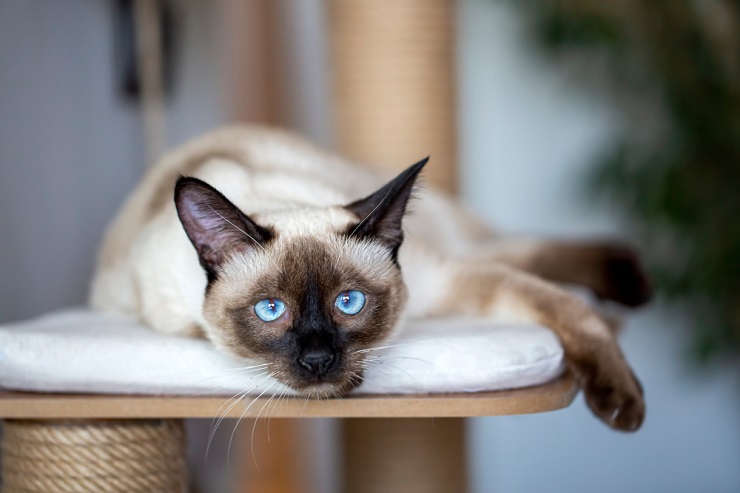The Maine Coon Cat Breed
This page contains affiliate links. We may earn money or products from the companies mentioned in this post through our independently chosen links, which earn us a commission. Learn More
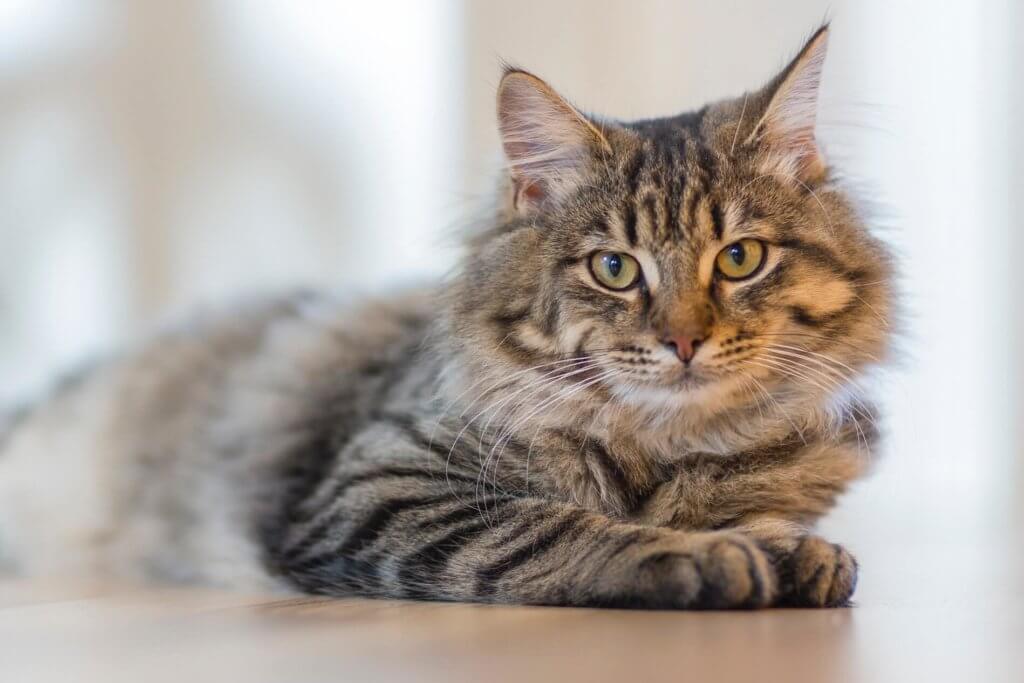 Rumored to have been produced by crossing an indigenous Bobcat with a domestic cat, the Maine Coon is still among the most popular domesticated cat breeds. Maine Coons have inhabited America for centuries, even during the early colonial period.
Rumored to have been produced by crossing an indigenous Bobcat with a domestic cat, the Maine Coon is still among the most popular domesticated cat breeds. Maine Coons have inhabited America for centuries, even during the early colonial period.
But there is very little knowledge of how they first came to the continent. There are many stories about their origin, but all that is certain is they are from Maine. Reasonably speaking, the Maine Coon characteristics most likely evolved out of necessity.
Northern New England (Maine) in its early days was a very busy sea port. Seamen, from all over the world, docked regularly and many had pet cats on board for company and to keep the rodents under control.
Appearance
Maine Coons have medium to long fur with a ruff around the neck as well as an extravagant tail, as well as lynx like ears. Their body is rectangular, strong and sturdy but well proportioned. Male cats can grow to around 15-25 pounds while females are a bit smaller at around 10-15 pounds. The Maine Coon breed’s distinguishing feature is its smooth, shaggy, and water-repellent coat, which can come in a variety of colors, but brown is most popular. Their eyes are large, oblique and usually come in green, gold or copper colors.
Personality
The Maine Coon is very social, charming and family-oriented. They are devoted to their human family and accepting of children, other cats and even dogs. Maine Coons are also superior climbers but can be vertically challenged, most likely due to their size. The Maine Coon cat breed is totally fascinated and fearless of water and will often indulge in it.
Health
Maine Coons have some hereditary health issues that can be of concern. They include hypertrophic cardiomyopathy, hip dysplasia and spinal muscular atrophy. Due to their thick coats, grooming is necessary for removing dead hairs that would otherwise be ingested, resulting in hairballs.

